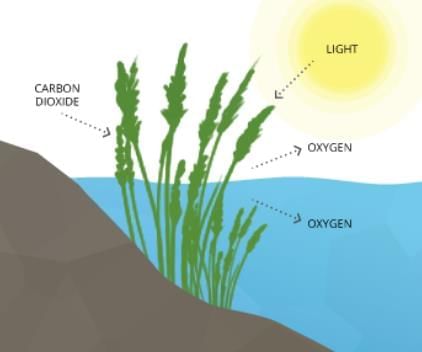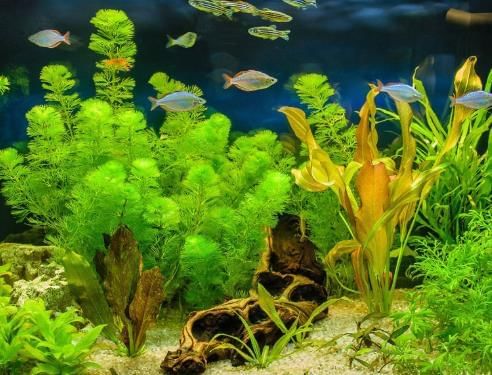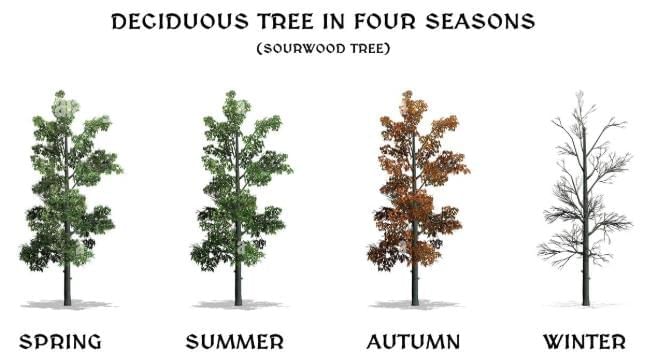Grade 3 Exam > Grade 3 Tests > Test: Adaptations in Plants- 3 - Grade 3 MCQ
Test: Adaptations in Plants- 3 - Grade 3 MCQ
Test Description
10 Questions MCQ Test - Test: Adaptations in Plants- 3
Test: Adaptations in Plants- 3 for Grade 3 2025 is part of Grade 3 preparation. The Test: Adaptations in Plants- 3 questions and answers have been prepared
according to the Grade 3 exam syllabus.The Test: Adaptations in Plants- 3 MCQs are made for Grade 3 2025 Exam.
Find important definitions, questions, notes, meanings, examples, exercises, MCQs and online tests for Test: Adaptations in Plants- 3 below.
Solutions of Test: Adaptations in Plants- 3 questions in English are available as part of our course for Grade 3 & Test: Adaptations in Plants- 3 solutions in
Hindi for Grade 3 course.
Download more important topics, notes, lectures and mock test series for Grade 3 Exam by signing up for free. Attempt Test: Adaptations in Plants- 3 | 10 questions in 15 minutes | Mock test for Grade 3 preparation | Free important questions MCQ to study for Grade 3 Exam | Download free PDF with solutions
Test: Adaptations in Plants- 3 - Question 1
How do underwater plants help fish and other aquatic animals?
Detailed Solution for Test: Adaptations in Plants- 3 - Question 1
Test: Adaptations in Plants- 3 - Question 2
How do underwater plants like Hydrilla survive underwater?
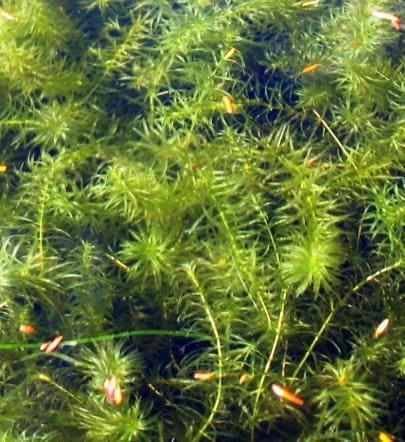

Detailed Solution for Test: Adaptations in Plants- 3 - Question 2
Test: Adaptations in Plants- 3 - Question 3
Which of the following is an example of plant adaptation?
Detailed Solution for Test: Adaptations in Plants- 3 - Question 3
Detailed Solution for Test: Adaptations in Plants- 3 - Question 4
Test: Adaptations in Plants- 3 - Question 5
What helps fixed aquatic plants like water lilies stay afloat?
Detailed Solution for Test: Adaptations in Plants- 3 - Question 5
Test: Adaptations in Plants- 3 - Question 6
Why do fixed aquatic plants have stomata on the upper side of their leaves?
Detailed Solution for Test: Adaptations in Plants- 3 - Question 6
Test: Adaptations in Plants- 3 - Question 7
Why do floating plants like duckweed have spongy leaves with air spaces?
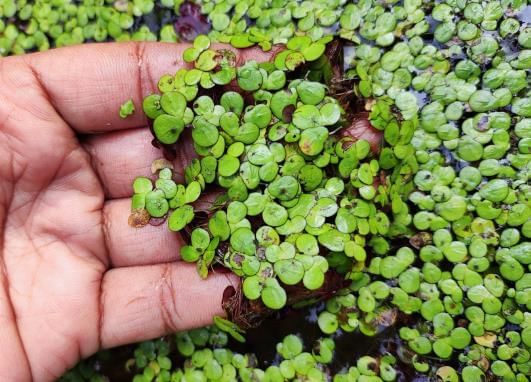
Detailed Solution for Test: Adaptations in Plants- 3 - Question 7
Test: Adaptations in Plants- 3 - Question 8
State whether the following statement is True or False:
Plants in heavy-rainfall areas have leaves that do not capture sunlight for photosynthesis.
Detailed Solution for Test: Adaptations in Plants- 3 - Question 8
Test: Adaptations in Plants- 3 - Question 9
Which type of tree loses all its leaves in autumn to survive the winter?
Detailed Solution for Test: Adaptations in Plants- 3 - Question 9
Test: Adaptations in Plants- 3 - Question 10
Trees that do not lose their leaves in winter are called _____.
Detailed Solution for Test: Adaptations in Plants- 3 - Question 10
Information about Test: Adaptations in Plants- 3 Page
In this test you can find the Exam questions for Test: Adaptations in Plants- 3 solved & explained in the simplest way possible.
Besides giving Questions and answers for Test: Adaptations in Plants- 3, EduRev gives you an ample number of Online tests for practice
Download as PDF


